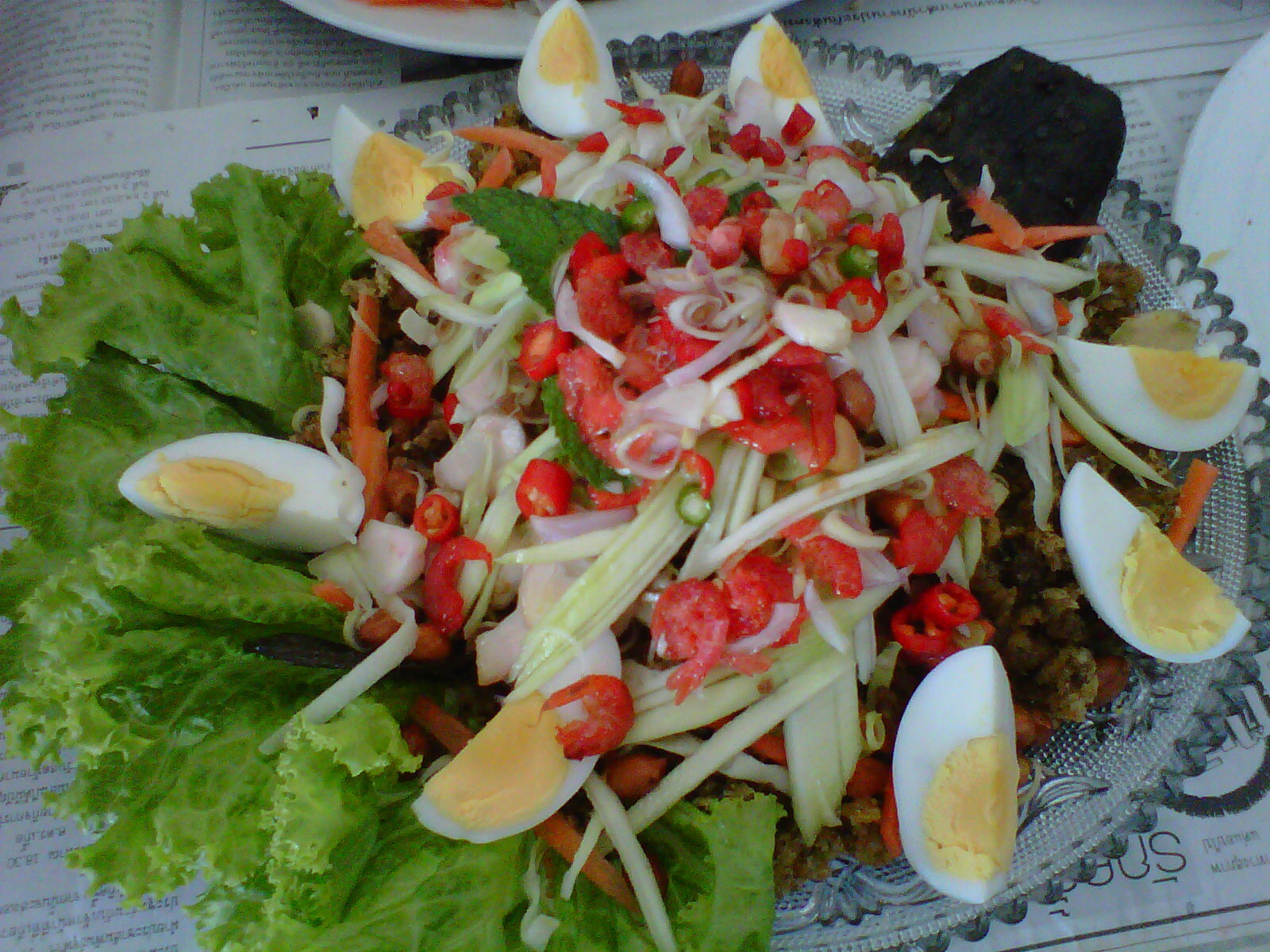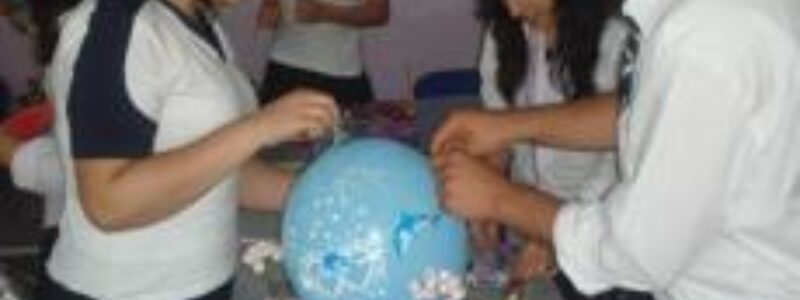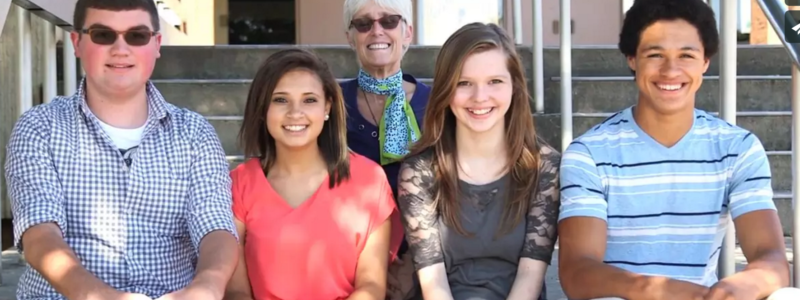Cultural Recipe Book

Global online project work takes place in iEARN's Collaboration Centre. This project plan is perfect for enhancing student work in iEARN's Food For Thought: Recipe Book project forum.
Project Background:
Students research the recipes of typical food dishes in their countries as well as the origin of the ingredients and recipes, and the legends and stories behind them.
Teacher Goals
- To promote cultural development/respect among the students
- To tie in the Social Studies curriculum
- To promote appreciation of the students ethnic backgrounds
- To have a cultural celebration
Student Goals
- To appreciate their own background
- To learn other cultural backgroundsTo learn the historic perspective of specific cultures
- To develop a Cultural Recipe Book
Curriculum Standards
- Reading 1 - Read closely to determine what the text says explicitly and to make logical inferences from it; cite specific textual evidence when writing or speaking to support conclusions drawn from the text.
- Reading 7 - Integrate and evaluate content presented in diverse media and formats, including visually and quantitatively, as well as in words.
- Writing 2 - Write informative/explanatory texts to examine and convey complex ideas and information clearly and accurately through the effective selection, organization, and analysis of content.
- Writing 4 - Write narratives to develop real or imagined experiences or events using effective technique, well-chosen details, and well-structured event sequences.
-
Writing 5 - Develop and strengthen writing as needed by planning, revising, editing, rewriting, or trying a new approach.
-
Writing 7 - Conduct short as well as more sustained research projects based on focused questions, demonstrating understanding of the subject under investigation.
-
Speaking and Listening 1 - Prepare for and participate effectively in a range of conversations and collaborations with diverse partners, building on others’ ideas and expressing their own clearly and persuasively.
-
Speaking and Listening 2 - Integrate and evaluate information presented in diverse media and formats, including visually, quantitatively, and orally.
Assessment of Possible Projects and Class Interest
Class motivation
It was very easy for me to motivate my students for this project. As soon as I mentioned that I needed their assistance for an online professional development course, they were more than eager to help. I told them that I would like to have the students create a class Cultural Recipe Book and at the end of the project we would have a œfood celebration. Food seems to always do the trick. The students have been excited and patiently waiting to bring their items in.
Other teachers involved
Since I am the Reading Cluster Teacher and only visit the class once a week, it was important for me to let the classroom teacher know what I was involving her students in. I need her assistance with collecting information from the students, reminding students of assignments, dates and deadlines and turn in student's work into my mailbox.
The Computer Cluster Teacher was also notified about The Cultural Recipe Book. The students visit the computer lab once a week and I wanted to ensure each student had the opportunity to explore and search the internet for information regarding the origin they are working on.
The school librarian was apart of this project as well. She allowed the students to choose and take out books in the folktale section. She also discussed the genre of folktales and engaged the students through Read Aloud.
Background Knowledge
Database of resources (books, Internet sites, videos, resources, student input)
- Students used family members at home as primary resources of information.
- Students had a chance to visit the school library and choose books; some titles are: Zomo The Rabbit: A Trickster Tale from West Africa by Gerald McDermott; Strega Nona by Tomie de Paola; The Legend of the Hummingbird: A Tale from Puerto Rico retold by Michael Rose; Legend of the Indian Paintbrush by Tomie de Poala; Juan Bobo: Four Folktales from Puerto Rico retold by Carmen T. Bernier-Grand; Why Mosquitoes Buzz in People's Ears: A West African Tale retold by Verna Aardema; Arrow to the Sun: A Pueblo Indian Tale by Gerald McDermott.
- Students were asked to browse the internet for information; some sites are: www.freerecipe.org; www.flags.net
Specific pre-instruction and preparation
Again, since I am a Reading Cluster Teacher I see so many classes throughout the week. I only see each class once a week. I knew that I had to choose a class that I can trust to follow-up with the work and work independently until my next weekly visit. I decided to choose a grade 5 class (Class 5-501) with students who œseem to be on the ball. The group is very culturally diverse and I thought they would be a good choice for this project.
I stopped in their classroom (not during my scheduled visit) and introduced the project. I needed to know if this class would be willing to cooperate with me. They were excited and ready to start working. I also used this time to share the idea with the classroom teacher.
Next, I contacted the Computer Cluster Teacher and asked for her help. I asked that when Class 5-501 visits the computer lab, they be allowed to explore websites regarding the food recipes they have chosen.
I also spoke to the Librarian Cluster Teacher and created a plan to support The Cultural Recipe Book project.
A parent letter was generated and sent home informing them that their child is participating in this class project. The letter asked for their support with student online help, recipe ingredients and directions, and library visits.
I also created a "quick-survey" for the students to complete. I wanted to find out what other languages they spoke (if any), what countries they or their families were from, where they were born, what ethnic favorite foods they liked, etc.
Timetable of Lessons
Structure timeline with dates and class times
I will work on this project with the students on my weekly, Tuesday meetings with them. Students will also be responsible for gathering information on their own time.
Specific Lessons
Introductory:
How will you present this project to your students?
As mentioned above, I will orally introduce this project to the students. I will give them a survey to complete. The survey will serve as a start to get their minds thinking of the places their families are originally from.
This will lead to a discussion of culturally similarity they share. Although they or their family is from different countries and islands, they all have something in common.
How will you introduce iEARN?
I will let the students know how special this course is that I am taking. I know they will find it fascinating that adult learners from around the globe come together to share ideas, discuss thoughts and ask questions of one another. They will love the idea of being apart of this.
How will you tie it into curriculum standards?
This project ties in with the English Language Art Standards. Students are reading, writing, listening and speaking for information and understanding, literary response and expression, critical analysis, and social interaction.
This project lends it self into the Social Studies curriculum. In fact, this really supports the upcoming Grade 5 Social Studies state exam, geographical and historic aspects.
How will you get them interested in the topic?
I think this project is self motivating. When it comes to talking about yourself and where you are from and then combining it with peopleÃs all time favorite-food, it just works! The students are naturally interested and enthused about the project.
What background knowledge do your students bring to the project?
In our school, students have lots of familiarity with writing How-To's. It is a specific text-type that we focus on, because it always seems to pop-up on Citywide Reading Exams. Most of the students know how to write up recipes. They know how to list the ingredients and then put together a step-by-step process.
The students are culturally diverse. Many of them know how to speak more than one language.
Many of our students are non-native-born Americans. Many of them are from the Caribbean Islands and/or Africa.
Productivity of Work
Do your students need to learn some basic skills before starting the project?
The students need to know how to access the internet. (They all do know how.)
The students will need to know how to write-up a recipe including the ingredients and step-by-step directions. (Most of the students know how.)
Will your students need to do research for their project?
Yes, students will need to do research for their project.
How will they be organized to gather information and produce their work?
The students will be working and presenting information individually.
Students can use the outline that I have given them to complete and gather their information.
Who will be responsible and in charge?
I am not assigning any one student to be in charge. Everyone is equally responsible for collecting and gathering their information.
How will the appropriateness of their work be evaluated?
As long as the students participate in this assignment, I will accept what they hand in. I know this assignment needs lots of support from home. I can not expect all students to have equal amount of parental time when they are at home. When it comes time to bring in the food items, it will be on a voluntary basis. I can not mandate every single one of them to bring in food. The students will need their parents to prepare the recipes and unfortunately not all of them will have willing and/or able parents to help out. However, all students will be allowed to eat during the celebration. We will give extra thanks to those who brought in the food.
Conclusion
When does your participation end?
I would like to have this end by the Thanksgiving break. I think having a food celebration the day before the break would be an appropriate time to say thanks for the efforts of the students.
How will your students draw their project to a conclusion?
I would like the students to creatively and attractively create their own recipe page for the book. (I will bind all of the pages together once each one has handed in his/her page.) I would like to take pictures of the food celebration and add it to our book, as well.
What assessment tools will be used?
Students will comment and discuss each other's work. I would like students to share what they've learned about each other's culture.
What publications or exhibitions will be created?
There will be a class "Cultural Recipe Book" that will be kept on display in Class 5-501's classroom.






